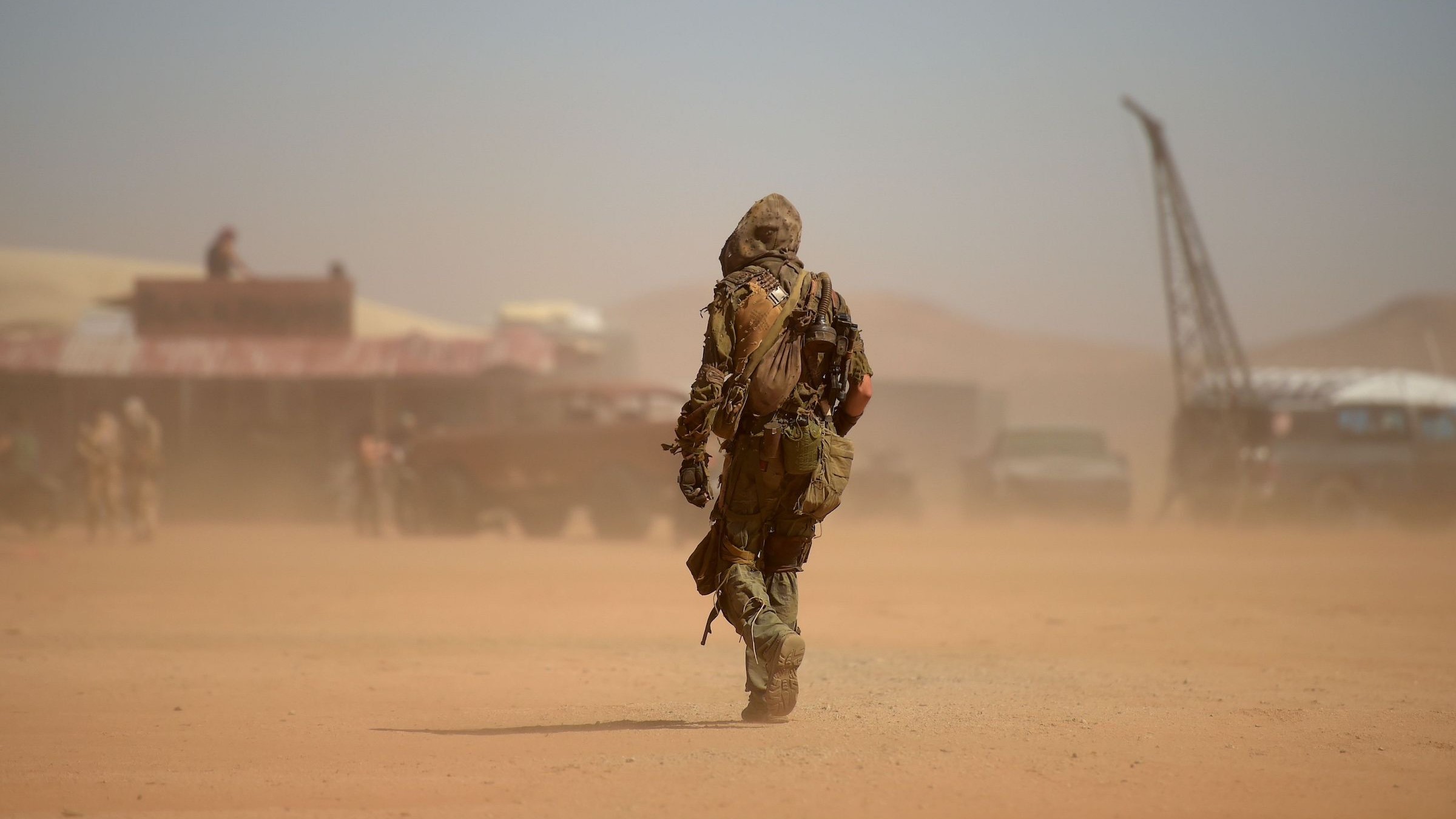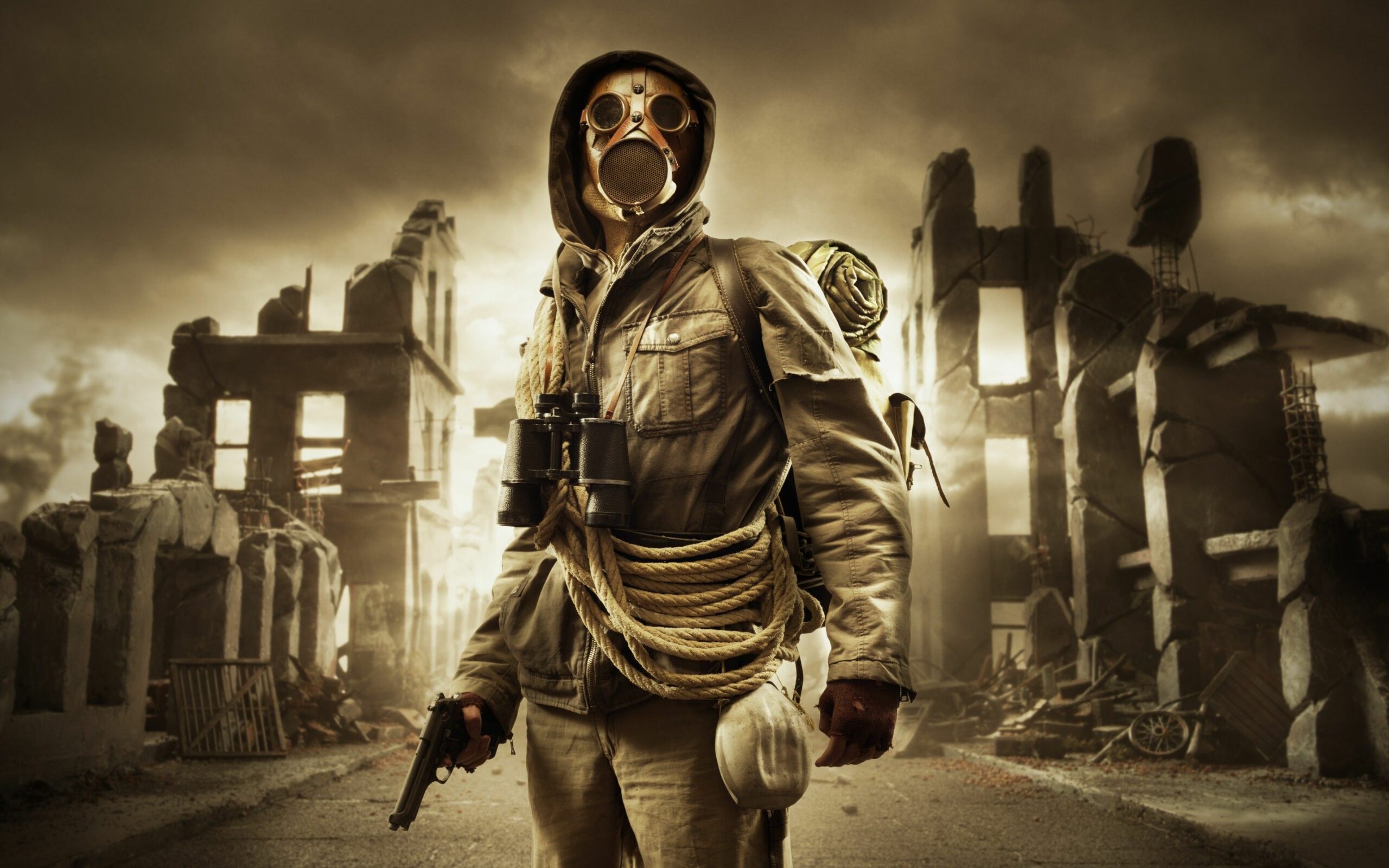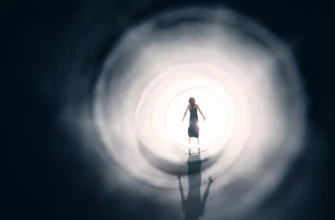
It’s not difficult to envisage scenarios in which human life on Earth may end suddenly, from a full-scale nuclear conflict to a massive asteroid attack. How many individuals would it take, assuming there are any survivors, to maintain our species?
It depends, is the succinct response. Distinct disasters would produce different apocalyptic scenarios for the survivor populations of humans. For instance, a nuclear war may start a nuclear winter, leaving survivors to endure radiation exposure, frigid summers, and a worldwide hunger. In contrast to the 7.8 billion people that are now living, the minimal number is most likely quite modest when some of these factors are taken into consideration.
“You can probably live for hundreds of years in areas with low population densities. And many such tiny groups have persisted for years, if not millennia, “Buzzaroundus was informed by adjunct assistant professor Cameron Smith of Portland State University in Oregon’s department of anthropology.
Smith has some interesting insight on our chances of surviving the apocalypse thanks to his studies into early human civilizations and space colonization. He believes that since they are so dependent on power and import nearly all of their food, large cities would be the most susceptible if global civilisation were to collapse. Therefore, it is likely that surviving populations would disperse in search of resources.
According to Smith, there were several tiny communities with numbers ranging from the low hundreds to around 1,000 people all across the planet during the early Neolithic period, which began after the last ice age ended, or about 12,000 years ago, when people first started farming. “Although there were rather autonomous groups, I assume they still had breeding and marriage ties to neighboring settlements. Additionally, I assume that the same thing would occur in a post-apocalyptic world.”
A means of sustaining a reproductive system would be necessary for a community of just a few hundred individuals to survive, according to Smith. One of the biggest issues small populations confront is inbreeding, or breeding between relatives.
The Spanish Habsburg dynasty, which controlled Spain in the 16th and 17th centuries, may be used to illustrate the effects of inbreeding. Live Science earlier stated that the dynasty frequently maintained marriage inside the family until 1700, when the lineage came to an end with an infertile and facially disfigured King Charles II.
A similar scenario may occur in a post-apocalyptic human community with little opportunities for reproduction, unless they had enough genetic variety to prevent marriages between closely related individuals. Effective population size, or the number of breeding-age individuals of the opposing sex, is another prerequisite for successful interbreeding.

If humans could foresee the end of the world, they could be able to prepare their people to survive. The probability of major world disasters occurs is examined by Seth Baum, co-founder and executive director of the Global Catastrophic Risk Institute, a nonpartisan think tank. He is in favor of averting catastrophic disasters, which in the case of a nuclear war, for instance, would include maintaining sufficiently cordial ties among nuclear-armed nations. Baum’s research does take into account the possibility of creating safe havens for people in the case of a worldwide catastrophe, though.
Baum said that if a disaster occurs, “we’ll want to put some of these protections in place, so that at least some population can continue and some level of human civilization can continue.”
Baum argues that the capacity to keep a group apart from whatever is causing damage is a crucial component of any form of shelter. For instance, by mostly keeping the virus out, several island nations, like New Zealand and Australia, have successfully transformed themselves into significant refuges during the coronavirus epidemic.
Baum argued that having a designated disaster shelter anywhere on Earth would be a step ahead. Baum likened this fictitious safe haven to the Global Seed Vault in Svalbard, Norway, which secures backups of all the world’s seeds within a mountain. And going even farther than that, Baum added, “there would be something [for humans] that is not on the earth.








